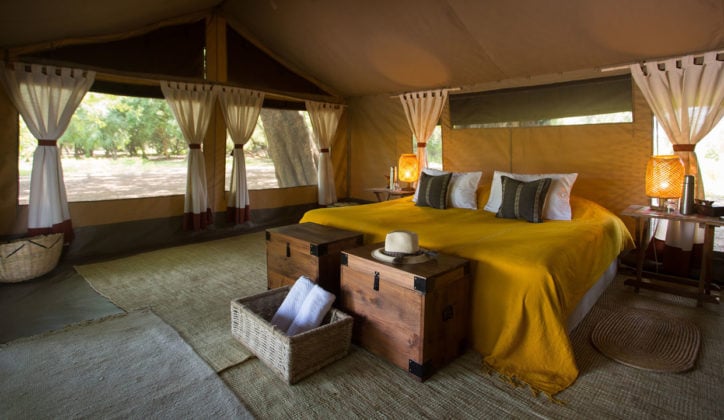Sitting in the path of the Great Rift Valley in Ethiopia‘s south west is the Omo Valley, an area of significant historical and cultural importance. The great Omo River flows through the heart of the valley before emptying into Lake Turkana which lies predominantly in northern Kenya.
The lower Omo Valley is home to several tribes renowned for their ancestral traditions. From the lip plates of the Mursi to the clay hair buns and white body paint of the Kara tribe, these are some of Africa’s most intriguing people. A visit here is undeniably fascinating, but cultural sensitivity must be exercised at all times and taking the time to get a deeper understanding of the history and traditions of the valley’s tribes will make your time here infinitly more rewarding.
This part of Ethiopia is significant for the discovery of hominid fossils that have been crucial in the study of human evolution. There have also been discoveries of ancient stone tools, offering insight into some of the oldest known activities of prehistoric beings.
The south west of Ethiopia is also home to several parks including Omo National Park, Tama Wildlife Reserve and Mago National Park. Although not as well known as the parks in neighbouring Kenya, they have the benefit of being well and truly off the tourist trail and are home to plains animals, lions, leopards and countless species of birds.
When to go
Ethiopia's rainy season starts a few weeks earlier in the Omo Valley, with March to June being the wettest months. November and December are particularly good months to visit as it tends to be a little cooler.
What to do
- Learn about the Valley's ancestral tribes
- Explore Ethiopia's lesser known national parks and wildlife reserves
Itineraries including Omo Valley
Accommodation in Omo Valley
Here are some of our travel designers' favourite options











